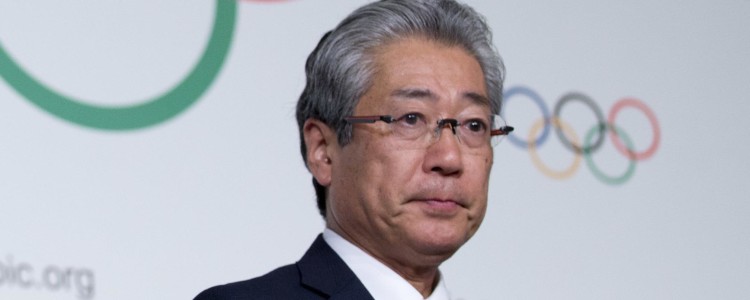Why does the Old North State seem to be suffering the sudden onset of a provincial schizophrenia? The answer is not hidden but is largely unspoken

If you search out North Carolinas conservative heart, you might find it here: in Fayetteville at the Maxway, a discount shop.
Fayetteville is home to the sprawling Fort Bragg army base and consistently votes Republican. Maxway is owned by Art Pope, a conservative philanthropist who is arguably the most influential figure in state politics.
So, has the ongoing agony over bathrooms thrown the customers and employees of Maxway into confusion?
Oh, goodness. Well, we do have two bathrooms, said Camelia Taylor, the store manager. But one is marked for either men or women. The other is for employees, but we pretty much let anyone use it.
Thats a typical response among North Carolinians. Life among the sinks and stalls of the state has carried on unchanged, in actual practice. Transgender people arent attacking children. Citizens arent rising up with torches and pitchforks.
Theory is another matter, though. Politicians in the Old North State are describing to their constituents a theory of bathroom chaos that seems entirely uncoupled from both the practice and the attitudes of most people.
Along the way, North Carolinas reputation as the souths progressive, intellectual capital has started to circle the drain. It has become a symbol of intolerance, it faces a court battle with the federal government, and it has exemplified that most un-southern quality: tawdriness.
So North Carolina seems to be suffering the sudden onset of a provincial schizophrenia.
Why?
The answer is not hidden but has gone largely unspoken. The conflict is to a great extent the doing of two powerful and opposing politicians, stuck in a machiavellian duel. It reveals a great deal about North Carolina. And just as much, possibly, about what lies ahead for the entire United States.
The path to the Great Bathroom Emergency of 2016 started eight years ago, when Barack Obama won North Carolinas presidential vote by a .4% margin.
It was a slim victory, but thunderous.
In the previous election North Carolina had voted for George W Bush by 12 points, said Michael Bitzer, a professor at Catawba College and one of the states foremost political scientists.
Obamas campaign tactics grassroots fundraising, micro-targeted marketing caught Republicans flat-footed. This was still the party of Jesse Helms, Bitzer said. Helms was a five-term senator who waged a notorious fight against the civil rights movement. People were completely astonished here.
In the resultant Tea party insurgency of 2010, the far right seized control of North Carolinas senate and house for the first time since the Reconstruction. So after the 2010 census Republicans controlled the once-a-decade redrawing of political districts and packed liberal voters into a small number of densely populated districts. They sacrificed the urban areas and consolidated power in rural districts.
North Carolina was, and still is, a purple state. But overnight it transformed from a state of purple counties to a state with blue urban islands in a sea of red.
Any areas of real competitiveness are shrinking, Bitzer said. The field has become so polarized that elections are forgone things; if a candidate has no chance of winning a county, why even bother visiting? Thats now the case in 85% of the states districts, according to Bitzers analysis. The two sides have stopped talking to each other.
Its a trajectory that mirrors the United States as a whole. Rural and urban, left and right, entrenched parties and ideological isolation.
All of which means that North Carolinas upcoming gubernatorial race may be the tightest in the nation. The main contenders are the Republican incumbent, Pat McCrory, and his Democratic attorney general, Roy Cooper.
Both men rose to power as moderates but found themselves scrambling for a way to appeal to their base constituencies: rural conservatives for McCrory and urban liberals for Cooper.
Then came the flush heard round the world.
It wasnt supposed to go this far.
Nobody was licking his chops for this, as one Republican leader put it.
In press conferences McCrory has appeared mystified by the worlds reaction, and has said as much. The majority of the citizens in our great state, and this governor, did not seek out this issue, he recently told a bank of television cameras.
The conflict first arose in Charlotte, the states financial center, where in March the city council passed an ordinance that transgender people may use the bathroom according to the gender with which they identify.
In an emergency session the state legislators overturned the ordinance. They hastily passed House Bill 2, which bans cities from passing anti-discrimination ordinances that protect gay and transgender people in any way, bathrooms or otherwise.
The move brought a crush of global attention. Giant companies Google, Apple, Disney struck out at the law and pledged to pull back their businesses if the law wasnt repealed.
Then this week the federal government weighed in, when US attorney general Loretta Lynch called HB2 state-sponsored discrimination and filed suit. North Carolina responded by filing its own suit.
Read more: https://www.theguardian.com/us-news/2016/may/14/north-carolina-bathroom-bill-hb2-transgender-rights











